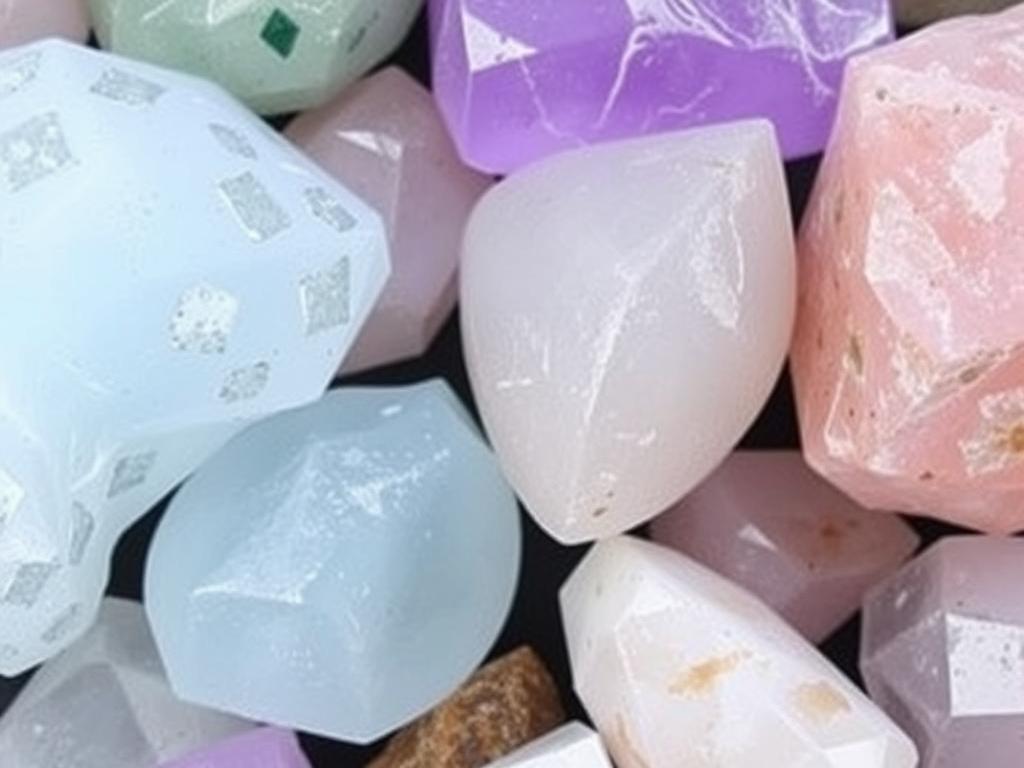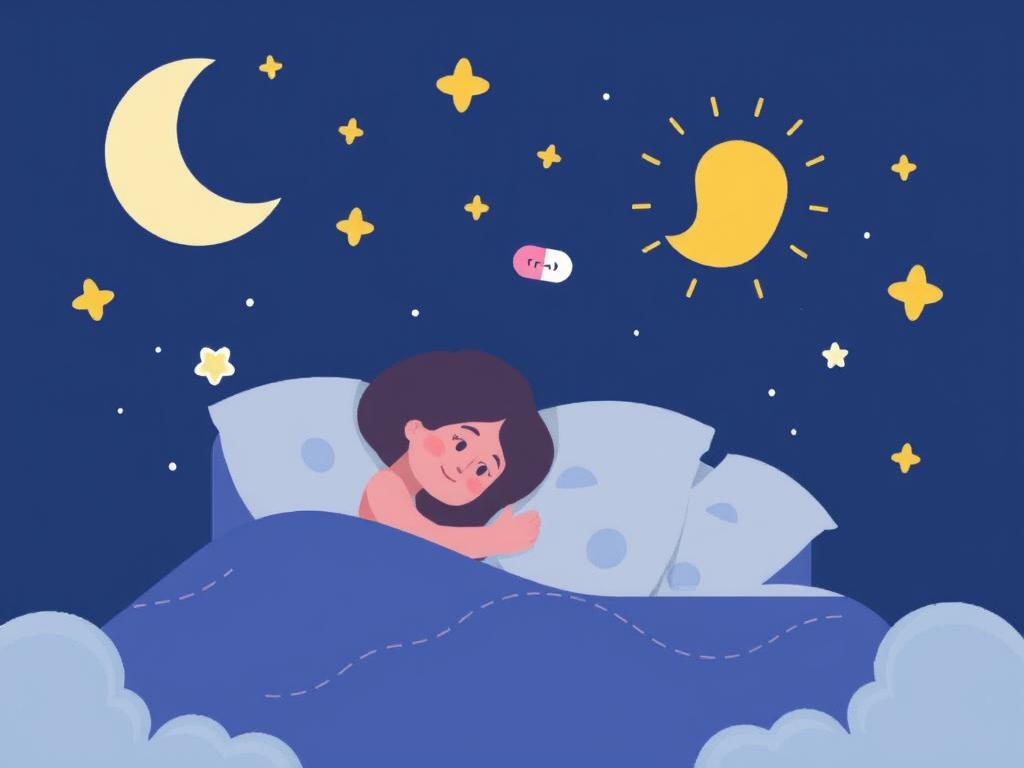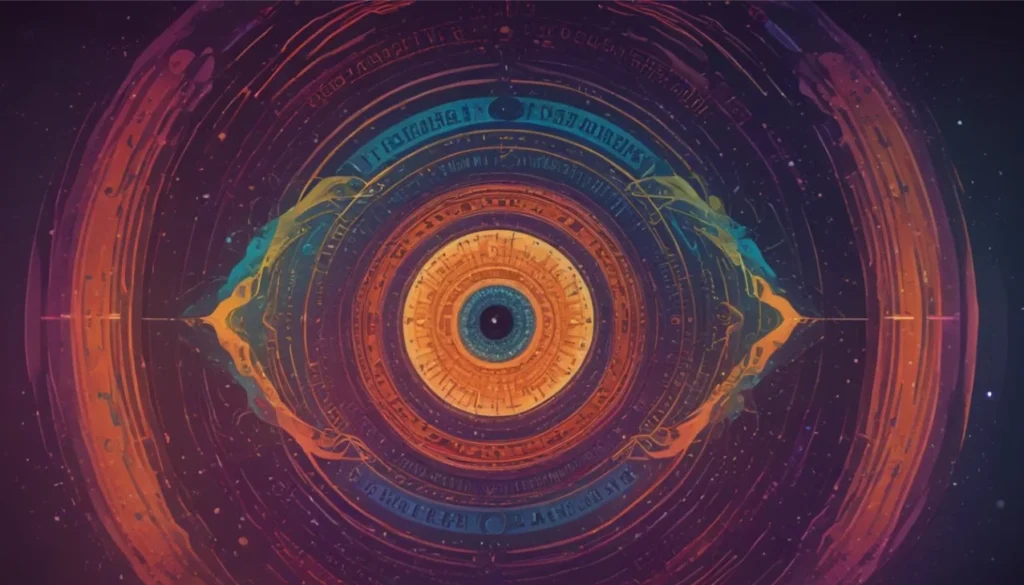Eagle Vision: Perspectives on Freedom and Power
Eagles have long captured the human imagination with their majestic presence and commanding flight. As one of nature’s most iconic birds, the eagle holds deep symbolic meaning in virtually every culture it touches. Whether spotted soaring gracefully in the sky or depicted as a revered emblem on flags and crests, the eagle transcends simple imagery to evoke powerful themes of freedom, vision, and spiritual transcendence.
In this article, we’ll explore the symbolism and meaning of eagles, weaving through culture, mythology, and spiritual traditions that deepen this bird’s narrative significance. If you’ve ever wondered about the eagle’s role as a spiritual guide or symbolic creature, you’re not alone. Interpretations vary across traditions, but this majestic bird consistently points to ideas of freedom, power, and spiritual vision. Visit https://animalsymbolism.org/ for more about the meanings of animals that inspire us.
Key Symbolic Meanings of the Eagle
The eagle represents numerous spiritual and symbolic ideas, many of which have been echoed across centuries and cultures. Its meanings often build around its unique characteristics, including its sharp vision, high-soaring flight, and hunting prowess. Here are four key symbolic meanings of the eagle:
- Freedom and Independence: The eagle’s ability to soar higher than other birds is often linked to personal independence and spiritual liberation.
- Divine Vision and Higher Perspective: Its sharp eyesight symbolizes insight, clarity, and the ability to see the larger picture in life.
- Power and Strength: In mythology, eagles are seen as symbols of physical strength and leadership, ruling the skies with authority.
- Connection to the Divine: The eagle often represents a bridge between the earthly realm and the heavens in spiritual traditions.
The Eagle in Diverse Cultural, Spiritual, and Mythological Contexts
1. Eagles in Cultural Symbolism
The eagle is emblematic in various cultures, often representing leadership, bravery, and ascension. Across history, its image has been used on flags, warfare symbols, and government seals.
- In Native American cultures, the eagle is perhaps one of the most revered animals, representing the connection between humanity and Spirit. Feathers of the eagle are sacred tools used in rituals and prayers to carry thoughts to the heavens.
- For the United States, the bald eagle is a national symbol, embodying freedom, independence, and resilience. Its lofty flight reflects the nation’s aspirations toward progress and liberty.
- In some Eastern traditions, the eagle is seen as a symbol of victory due to its dominance over the sky. It symbolizes perseverance, goals, and rising above obstacles.
2. Spiritual Meaning of Eagles: A Bridge Between Worlds
From a spiritual perspective, the eagle represents elevation of consciousness. Its ability to soar high above the earth, while maintaining a connection to it, reflects a person’s potential to rise above worldly concerns while staying grounded.
- Shamans and spiritual guides: In shamanistic practices, the eagle is regarded as a messenger of the divine, signifying spiritual awakening and limitless possibilities. It invites people to adopt a higher perspective and grasp their intrinsic power.
- Healing and introspection: The eagle’s keen vision serves as a reminder to see the truth in one’s experience. Spiritually, it teaches clarity of thought and encourages self-reflection.
For those seeking spiritual guidance, the eagle can be interpreted as a guide to finding purpose, transcendence, and alignment with universal truths.
3. Mythological Roles of Eagles in Global Lore
The eagle’s power and grace have made it central to myths around the world. Often seen as a figure of strength and enlightenment, it plays heroic roles in many classic stories and has associations with gods and divine beings.
| Culture/Tradition | Symbolic Role | Examples from Mythology |
|---|---|---|
| Greek Mythology | Power & Authority | Zeus’s companion eagle, often pictured holding his thunderbolts. |
| Native American | Spirit Messenger & Protector | Eagles seen as spiritual intermediaries between humans and deities. |
| Hinduism | Divine Carrier | Garuda, the eagle-like deity, is Vishnu’s mount and represents courage. |
| Norse Mythology | Wisdom and Vision | The eagle perched upon Yggdrasil, the World Tree, symbolizes divine foresight. |
| Islamic Tradition | Firmness and Authority | Eagles may symbolize divine power and persistence in Islamic poetry and art. |
Example from Mythology: Garuda in Hinduism
In Hindu mythology, Garuda is a prominent figure: a half-eagle, half-human entity known as the king of birds. He serves as the mount (or “vahana”) of Lord Vishnu, representing the balance between earth and sky. A being of immense charisma and energy, Garuda is a symbol of hope, protection, and conquest over evil.
Likewise, in Greek mythology, Zeus’s symbolic association with the eagle highlights qualities of omnipotence and rulership. The eagle’s companionship to one of the chief deities adds layers of significance, linking it to divine authority.
Why the Eagle Resonates Deeply Across Traditions
Why does the eagle hold such profound cultural and spiritual relevance? The answer lies in its characteristics: its towering flight inspires aspiration, its piercing gaze teaches awareness, and its predatory instincts evoke strength and determination.
Historically, humans have looked to nature to make sense of life’s challenges, searching for totems that embody ideals to strive for. The eagle’s ability to soar above turbulence reminds us to adopt a broader perspective during difficulties. Its predatory drive and precision inspire qualities like bravery, focus, and unwavering determination.
If there’s one unifying thread, it’s that the eagle symbolizes transcendence, whether over life’s challenges or in the spiritual context of achieving enlightenment. Eagles encourage us to shed limitations, embrace resilience, and touch the divine.
Conclusion
The eagle is far from an ordinary bird. It carries immense weight in mythology, culture, and spiritual belief systems, spanning the globe and threading humanity with unifying themes of freedom, vision, and power. Its presence in stories, art, and rituals not only highlights our connection to the natural world but also underscores how such connections shape our inner lives.
Whether interpreted as a spirit animal, a cultural icon, or a divine messenger, the eagle reminds us to widen our horizons and soar beyond limitations. Next time you see an eagle soaring high in the sky, remember that it is more than just a bird—it is a timeless symbol of human potential and an invitation to aim higher. Let’s honor this incredible creature and the wisdom it inspires in all of us!












